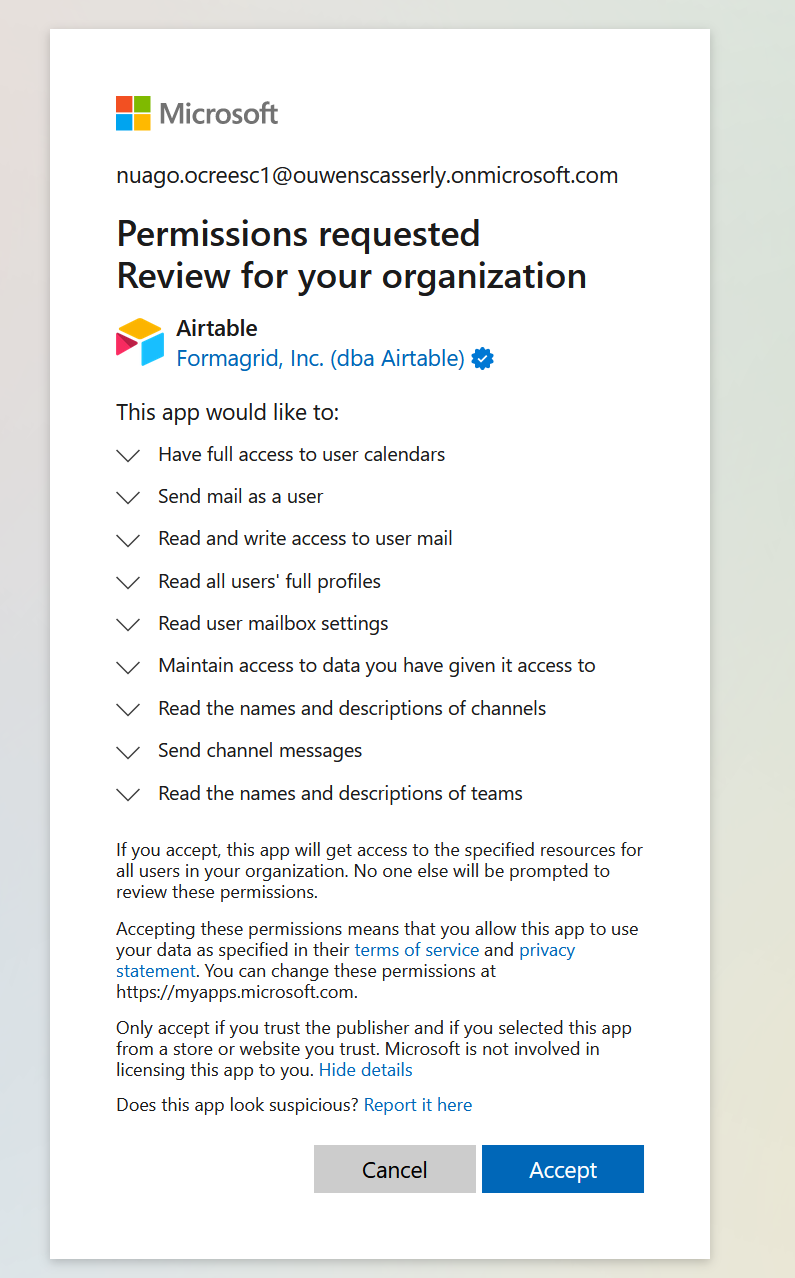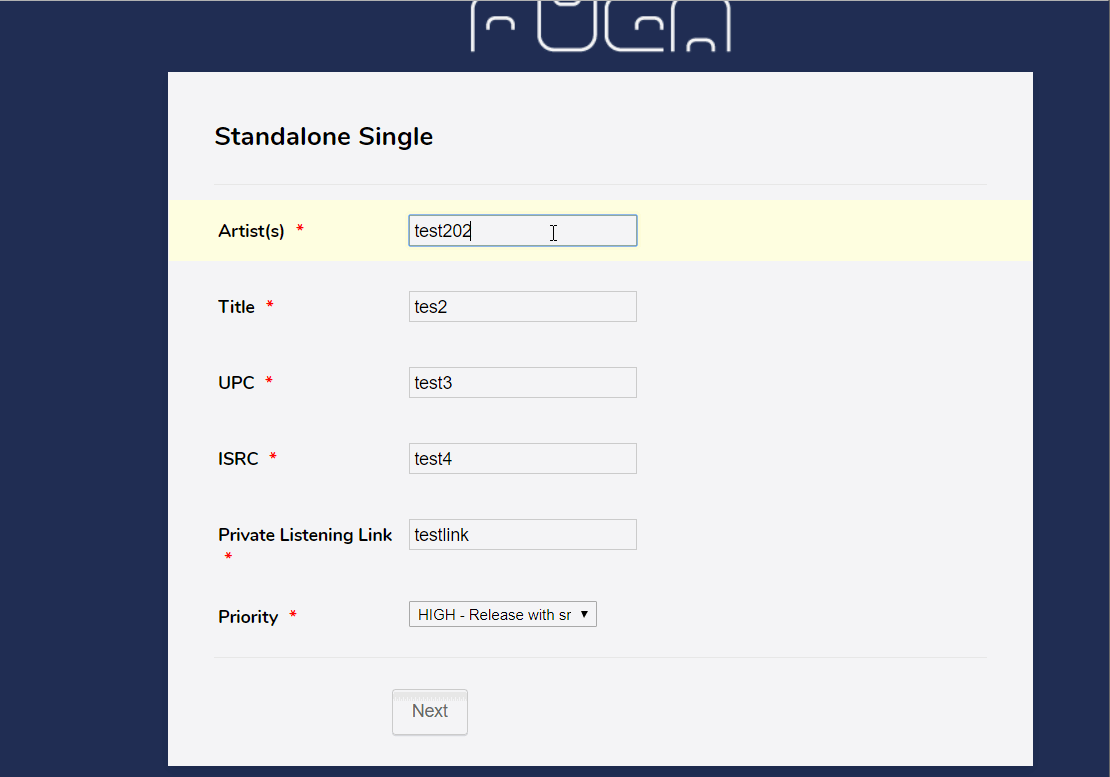

So if users would extract the API keys from the web app, until now they would have access to all our AirTable data. But even that does not help, as such users still can read all the data in the workspace or base they got shared access to, and that may contain personal data entered by other users.
Airtable permissions pro#
In AirTable Pro and higher (20 EUR per user and month for one workspace), there is a feature “Field and table editing permissions” allowing to selectively grant edit, create and delete permissions to collaborator users (and thus their API keys) ( source). Now AirTable has very limited permission options for their API keys – they are either “full access” or “read only” for the whole user account. In an existing base, click ‘Interfaces’ in the top level-navigation bar and select “Start Building”.Yesterday I discovered a security issue in our use of the AirTable API: our JavaScript web apps that post to AirTable contain the API keys. How Do You Create an Airtable Interface?Ĭreating an interface in Airtable is simple with the Interface Designer functionality. The interface can help teams understand specific tasks that are assigned to individual users and stay on top of team objectives and project deadlines.

4) Collaboration and Project ManagementĪn Airtable interface is a great way to look at a subset of tasks that exist within a greater project. The Dashboard Interface provides various visualization options that can transform flat base data into aggregated bar and pie charts that allow users to quickly analyze and assess key information. Interfaces allow users to visualize their base data in a dashboard that highlights key insights.

3) Visualizing Base Dataīase data can be difficult to interpret in a table format. Given that a base can contain an immense amount of records, interface permissions allow this data to be scoped down and shared across various teams or departments. Interfaces allow Airtable users to share information with a subset of specific users, ensuring that data is only visible to applicable users with relevant permissions settings. When designing an interface, users have the opportunity to select data from a specific table and filter this data down based on applicable criteria-limiting the total amount of information shown and enabling users to focus on key metrics or records of importance. While a base can contain massive amounts of data, an interface can showcase a subset of this data that is pertinent to a specific use case, project, or group of users. 1) Limiting Base DataĪirtable Interfaces allow users to interact with base data in a front-end format, making it easier to navigate pertinent information. Here are a couple of use cases for creating an Airtable Interface. This is helpful for people who want to see your data in a way that is easy to understand. You can choose from different templates, or make your own, to make the interface look the way you want. What Are the Use Cases for Creating an Airtable Interface?Īirtable interfaces are helpful because they make it easy for people to see and use your data. Each interface is customizable and can contain various components and data visualization options. With Airtable’s Interface Designer, users can select from various templated interface designs or build their own from scratch. What is an Airtable Interface?Īn interface is a front-end design for a backend Airtable base. If you're looking for basics on Airtable, check out our Airtable guide for beginners. To alleviate this pain, Airtable recently created an Interface Designer that allows users to create a user-friendly frontend for their base data. Like any database, an Airtable base can contain immense amounts of data and a table layout is not always easy for users to navigate. Airtable is a cutting-edge low-code no-code platform that allows technical and non-technical users to compile data in a spreadsheet-style database known as a “base”.


 0 kommentar(er)
0 kommentar(er)
